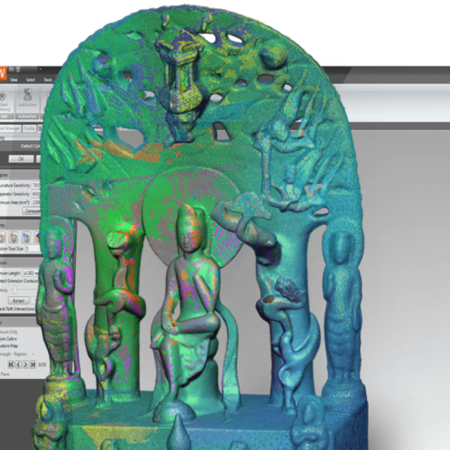June 2007
Bertone, renowned for its unique sense of Italian automotive style, recently bolstered its international reputation with a new claim to fame: the ability to deliver a greater number of customized design alternatives to customers in much less time.
At the center of this new flexibility and speed is 3D reverse engineering enabled by 3D Systems' Geomagic Wrap software. In a recent project, Bertone used Geomagic Wrap to present seven car design alternatives to a customer in just seven days.
From sketch to digital model
Bertone is known for a timeless sense of style expressed over nearly a century in car models from Alpha Romeo and Aston Martin, to Volkswagen and Volvo. The company prides itself on being able to take a car design from original conception to the production line. This makes it the perfect company for implementing reverse engineering which enables designers to capture physical entities such as prototypes and production parts, and transform them into 3D digital models for further design, iteration and update.
The styling process at Bertone begins as it has for nearly a century – a sketch is drawn, revised and then finalized. After customer approval, the sketch is digitally photographed. The resulting JPEG is imported into Autodesk Alias software. Image planes and cross-sections of the photograph are used to interrogate the surfaces in Autodesk Alias, enabling Bertone to create the 3D envelope, or external shape of the car.
The CAD file is transferred to Tebis, a CAM system used by major automakers for tool, die and mold manufacturing. The software automatically programs the numerical control (NC) path for milling a clay or foam model.
“We use clay or foam for scale models because these materials are easy to modify,” says Gianni Lucco, CAM manager for Bertone. “When changes are requested by the customer or result from an internal design review, we manually reshape the model.”
Bertone seeks to create as much realism as possible in its physical models, typically producing prototypes in 2.5:1 and even 1:1 scale. This gives customers the luxury of being able to review a prototype that is more representative of the final product, and eliminates the need for large-scale data extrapolation once the prototype is scanned.
Bertone designers add or remove material to change key body design attributes, such as curvature, thickness, and features such as headlights. Once the client is satisfied with the clay or foam model, it is ready to be duplicated into digital form for further iterations.
Into the digital realm
The first step in the digital process is scanning the clay or foam prototype with GOM’s ATOS scanner and TRITOP photogrammetry camera. The ATOS scanner projects patterns onto the surface of the prototype using a white-light projection unit. The pattern is captured with two integrated cameras at either side of the sensor head. The ATOS software can calculate the precise 3D coordinates of up to 4 million object points in seconds. TRITOP is used in conjunction with the ATOS scanner to accurately measure discrete object points and features.
The ATOS and TRITOP results are merged into a common object coordinate system and saved as an STL file. The STL file is imported into Geomagic Wrap digital reconstruction software.

Sketch start

Sketch finish
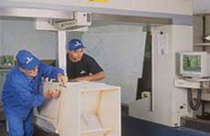
Bertone mold-making
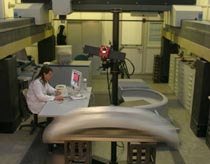
Duplication to digital form
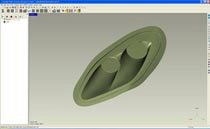
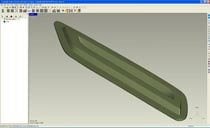
Parts in Geomagic Wrap
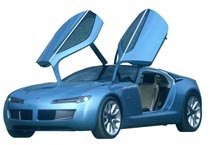
Finished design
